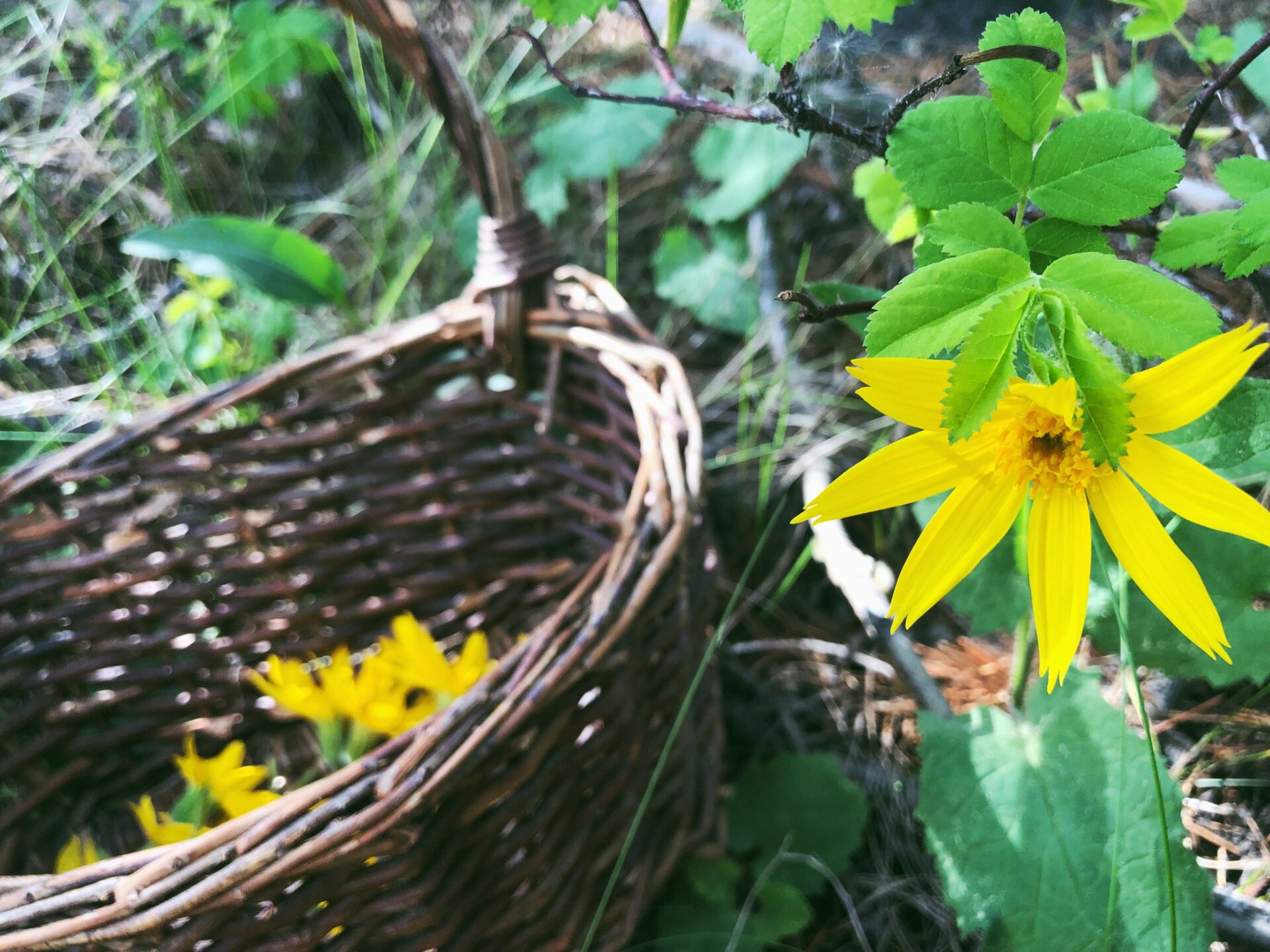There is something about June in northern BC – everything is growing in full force, the bare poplar hillsides of winter are a distant memory, now a sea of green leaves. There are no berries to be found, not just yet, but flowers are abundant and appearing everywhere.
Advertisement

Many plants can be harvested this time of year. One of my personal favourites is arnica (Arnica sp.). Arnica can be found in a variety of environments, but great locations to check are old pine plantations or after a wildfire has come through an area. Along with plants such as fireweed, arnica is a pioneer species that takes hold after an area is disturbed and brings life back to barren areas.
There are many reasons to love arnica. Firstly, it is a beautiful flower to look at – it has an appearance similar to little sunflowers, with a head of vibrant yellow petals that stand out on the forest floor. Don’t mistake it for just another pretty face, though, as arnica is a versatile herb for any wild home apothecary. It is said to aid in the healing of bruised areas, strained and inflamed muscles, and general aches and pains. (Note: arnica is only to be used externally. If taken internally, it can cause a variety of health issues, even death. Do not use on broken skin.)
Advertisement
If you want to add arnica to your home apothecary, creating an arnica-infused oil is the most versatile way to preserve it. Unlike many other herbs, arnica flowers do not dry well, but by infusing them in oil, you can then use that oil on its own or to create a salve. There is nothing better than massaging arnica oil or salve into tired, achy muscles after a long day out in the bush.